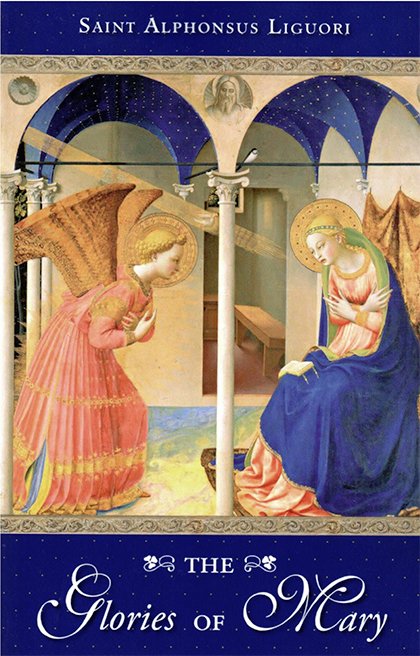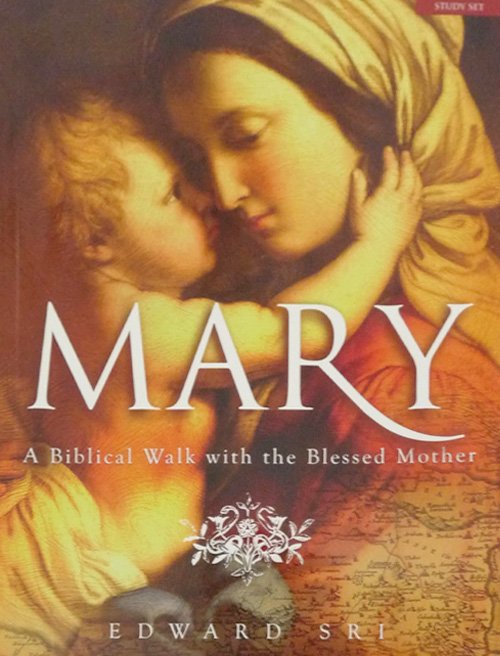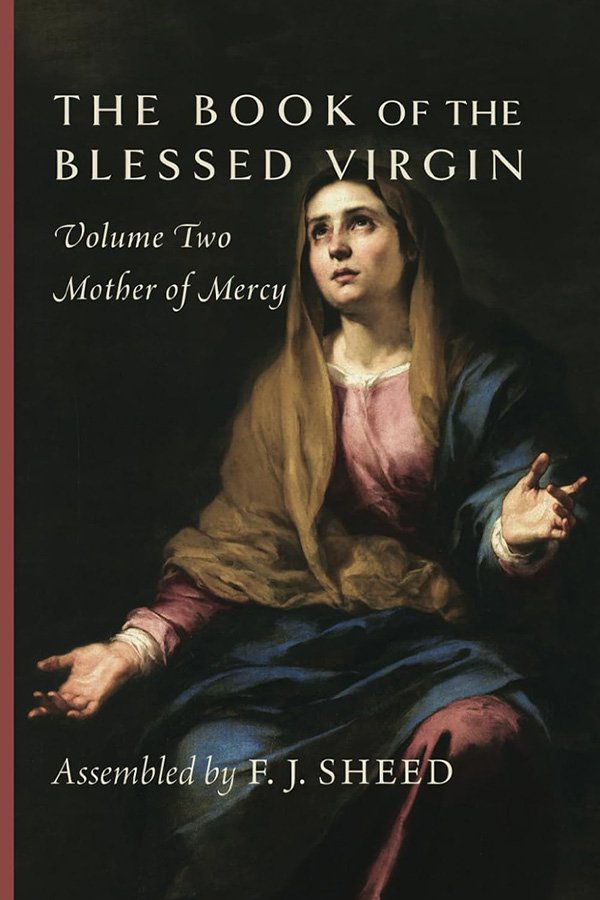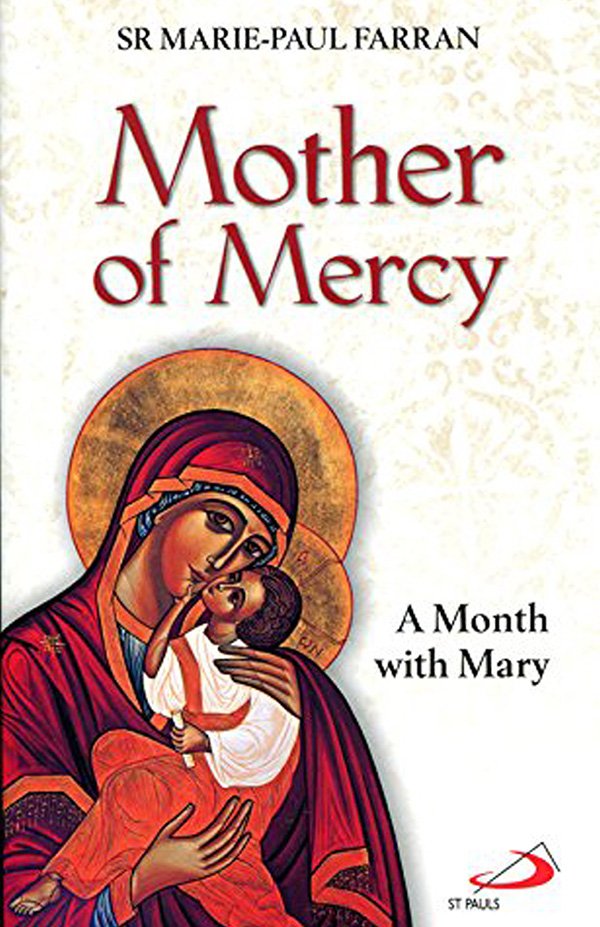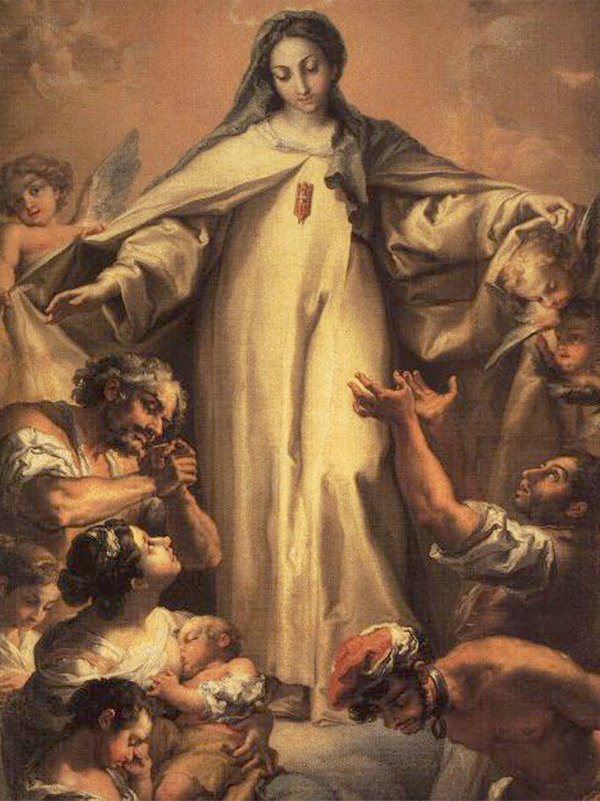
Vicente López Portaña, Public domain, via Wikimedia Commons
Mary, Mother of Mercy
Year Recognized by the Church: 431 AD
Pope in Office: Pope Celestine I (422-432 AD)
Declared By: The Council of Ephesus
Feast Day: September 24 (Feast of Our Lady of Mercy)
Apparition: Associated with Our Lady of Ransom (13th century, St. Peter Nolasco’s vision)
The title “Mother of Mercy” underscores Mary’s role as the compassionate intercessor for humanity. Recognized in the early Church, this title became more prominent in the 13th century through the Mercedarian Order’s devotion. Mary’s merciful nature is a reflection of God’s boundless mercy, which she channels to all who seek her help. She is seen as a refuge for sinners and a source of hope for the afflicted, emphasizing her maternal care for all believers.
Prayer to Mary, Mother of Mercy
O Mary, Mother of Mercy, comfort of the sorrowful and refuge of sinners, be my advocate and intercede for me before your Son. Show me your maternal care and obtain for me the graces I most need. Help me to live a life of mercy and love, imitating your gentle and forgiving heart. Amen.
Resources for Mary, Mother of Mercy
The Glories of Mary
St. Alphonsus Liguori
A classic work exploring Mary’s merciful intercession and her role as the refuge of sinners.
Mary: A Biblical Walk with the Blessed Mother
Edward Sri
Examines Mary’s maternal heart and scriptural roots, emphasizing her mercy.
Theology of Mary, Mother of Mercy
The Catholic Church venerates Mary under many titles, but “Mother of Mercy” holds a profound place as a reflection of God’s infinite compassion and love. This title emphasizes Mary’s unique role as the mediator of divine mercy, offering solace and intercession to all who seek her aid. From the earliest centuries, the Church has recognized Mary’s maternal role in the redemption of humanity, a theme deeply embedded in her designation as the Theotokos at the Council of Ephesus in 431 AD.
Historically, the devotion to Mary as the Mother of Mercy gained significant momentum during the Middle Ages, particularly through the efforts of the Mercedarian Order. This order, founded in the 13th century, invoked Mary’s mercy in their mission to ransom Christians enslaved by non-believers. This legacy underscores Mary’s role not only as a spiritual intercessor but also as an active participant in works of corporal mercy, echoing the Gospel’s call to serve the suffering.
Theologically, the title “Mother of Mercy” reflects Mary’s intimate connection to her Son, the source of all mercy. As the Mother of Jesus, she is uniquely positioned to mediate His grace to humanity. The Catechism of the Catholic Church reminds us that Mary, “full of grace” (Luke 1:28), embodies God’s merciful plan for salvation, offering a model of perfect discipleship and trust in God’s providence. This title, therefore, not only honors Mary but also invites the faithful to emulate her merciful heart and unwavering faith.
Declaration of the Title
The declaration of Mary as the “Mother of Mercy” is rooted in the Church’s understanding of her pivotal role in salvation history. At the Council of Ephesus in 431 AD, Mary was officially recognized as Theotokos, meaning “God-bearer” or “Mother of God.” This recognition affirmed her unique participation in God’s plan of redemption. Over the centuries, the Church deepened its reflection on Mary’s maternal care and intercession, culminating in the widespread devotion to her as the Mother of Mercy. The title emphasizes her role as an advocate for sinners and a mediator of Christ’s boundless compassion.
In the 13th century, the title gained further prominence through the establishment of the Mercedarian Order. St. Peter Nolasco, inspired by a vision of Mary, founded this order to ransom Christian captives. This act of mercy highlighted Mary’s role as a deliverer and protector, solidifying her identity as the Mother of Mercy within the Church’s devotional life.
The Importance of the Title
The title “Mother of Mercy” holds immense spiritual and pastoral significance. It emphasizes the maternal nature of Mary’s relationship with humanity, showcasing her as a compassionate intercessor who brings the faithful closer to her Son. For centuries, Christians have turned to Mary, confident in her ability to obtain God’s mercy and grace for those in need. The title also serves as a reminder of the Church’s mission to embody mercy in both word and deed.
Through her title, Mary teaches the faithful the importance of extending mercy to others, reflecting the love and compassion of Christ. Her example inspires Christians to practice the corporal and spiritual works of mercy, fostering a culture of forgiveness and charity. In an age marked by division and hardship, the title “Mother of Mercy” calls believers to rediscover the transformative power of God’s mercy through Mary’s intercession.
Theological Support for Mary, Mother of Mercy
Biblical Reference
Luke 1:50 – “His mercy extends to those who fear him, from generation to generation.”
John 19:26-27 – Jesus entrusts Mary to John, symbolizing her maternal care for all humanity.
Matthew 5:7 – “Blessed are the merciful, for they shall receive mercy.”
Catechism of the Catholic Church
CCC 721 – Mary’s role as the dwelling place of God’s mercy and grace.
CCC 2677 – Invoking Mary as the “Mother of Mercy.”
CCC 969 – Mary’s continuing role as Advocate and Mediatrix.
Theological Insights from the Saints
St. Faustina Kowalska (1905-1938) – “Mary, Mother of Mercy, teach us to live the mercy of your Son in our lives.”
St. Faustina’s devotion to Divine Mercy frequently invoked Mary’s maternal intercession.
St. Alphonsus Liguori (1696-1787) – “Mary’s mercy is so great that no sinner who seeks her help is ever abandoned.
St. Alphonsus highlighted Mary’s role as the refuge of sinners in his writings.
St. Bernard of Clairvaux (1090-1153) – “In danger, in distress, in doubt, think of Mary, call upon Mary.”
St. Bernard’s Marian devotion emphasized her merciful presence in trials.
St. Louis de Montfort (1673-1716) – “Mary is the safest, easiest, shortest, and most perfect way of approaching Jesus.”
St. Louis emphasized Mary’s role in leading souls to divine mercy.
Pope St. John Paul II (1920-2005) – “Mary, Mother of Mercy, is a maternal presence close to the people of God, comforting them in their trials.”
John Paul II’s Marian theology often returned to her as a model of mercy.
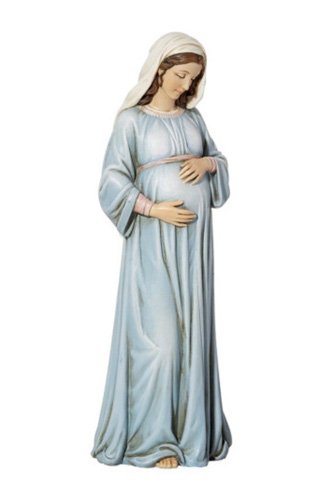
Mary, Mother of God Statue
This 8″ Mary Mother of God Statue beautifully captures Our Lady’s grace and tenderness as she awaits the birth of Jesus.
Additional Titles of Mary
- Mother of Divine Grace
- Mother Most Chaste
- Mother Most Admirable
- Virgin Most Merciful
- Virgin Most Renowned
- Tower of David
- Tower of Ivory
- House of Gold
- Mirror of Justice
- Seat of Wisdom
- Mystical Rose
- Rose Without Thorns
- Spiritual Vessel
- Vessel of Honor
- Singular Vessel of Devotion
- Refuge of the Afflicted
- Advocate of Eve
- Lily Among Thorns
- Temple of the Holy Spirit
- Treasury of the Church
- Handmaid of the Lord
- Bride of the Holy Spirit
- Holy Mother of Unity
- Daughter of Zion
- New Eve

